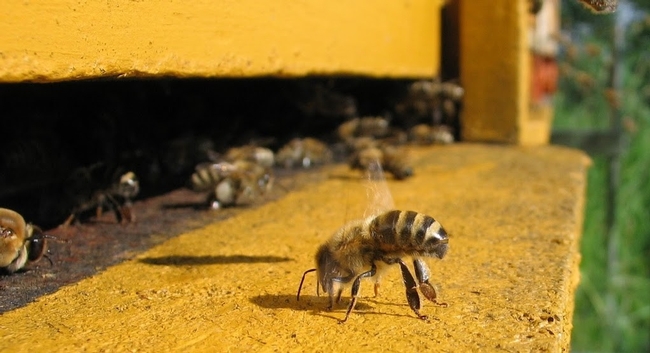Avocado is a neotropic tree which has been commercialized world-wide, yet it's native pollinators have been little studied. The most frequently studied pollinator has been the old-world insect, Apis mellifera. In commercial orchards it is common practice to introduce honey bee colonies, although it is not clear exactly what the extent of their effect is in California orchards in the presents of native bees and other pollinators. The purpose of this study is to evaluate the range of avocado flower visitors and to assess whether those numbers can be affected by the introduction of gardens that might promote their numbers in the orchards during the avocado bloom period.
Measuring pollinator performance is difficult because of weather impacts, alternate bearing habit and the high level of fruit shedding in avocado. In this study, pollination gardens have been established in three avocado orchards in coastal California near Santa Barbara, just north of Los Angeles. These gardens have been established since 2014 with a variety of perennials that can supply nectar and pollen over the year and especially during the prolonged flower season. The three orchards where the gardens are established each exceed 40 ha. Gardens have been established in just one portion of the orchards, so that flower visitation can be assessed near and far from the gardens. The individual visitation activity of flower visitors was evaluated per unit time and their abundance on avocado flowers near the gardens and away from the gardens. Visitation was also similarly assessed on the pollinator gardens. Pan traps were also used to assess the presence of native bees in the orchards.
The most abundant visitors in all years have been Syrphid spp. along with a variety of other flies and wasps. The most abundant native bee species have included Ceratina, Halictus, Agapostemon and several andrenid species. The highest diversity and abundance of visitors has occurred after the high rainfall year of 2016/17 after previous drought years.
Read more at:
http://ceventura.ucanr.edu/newsletters/Topics_in_Subtropics76791.pdf
Attached Images:
